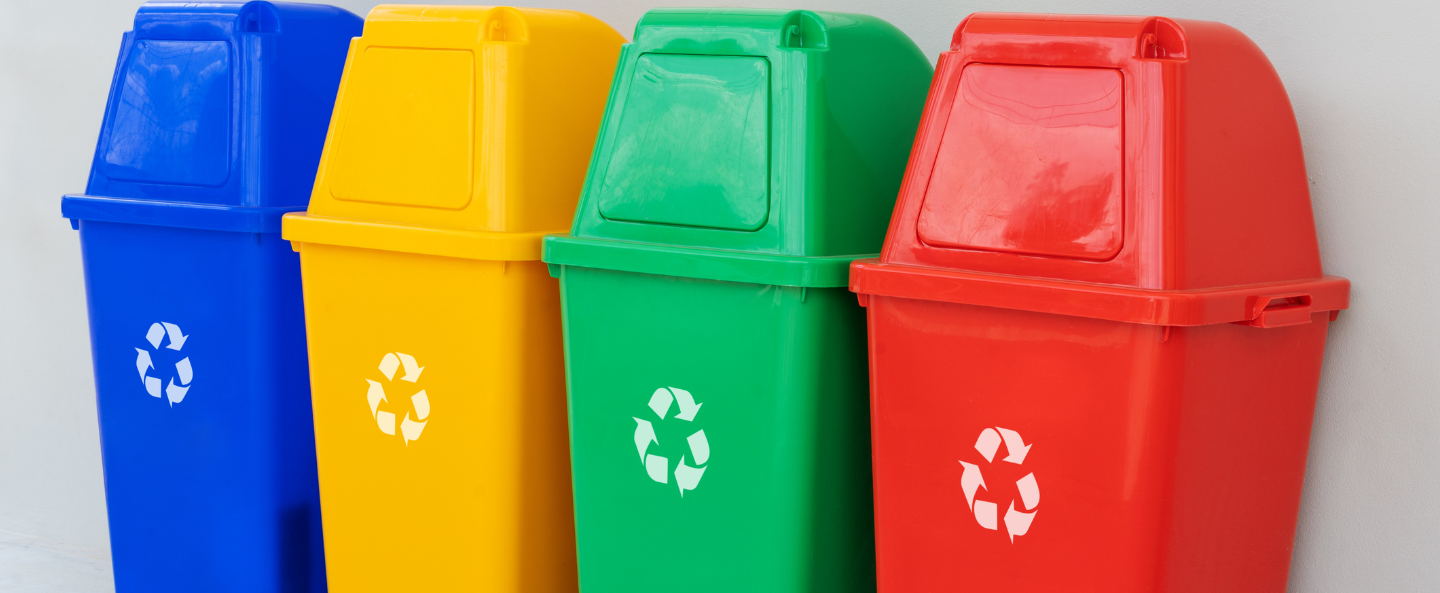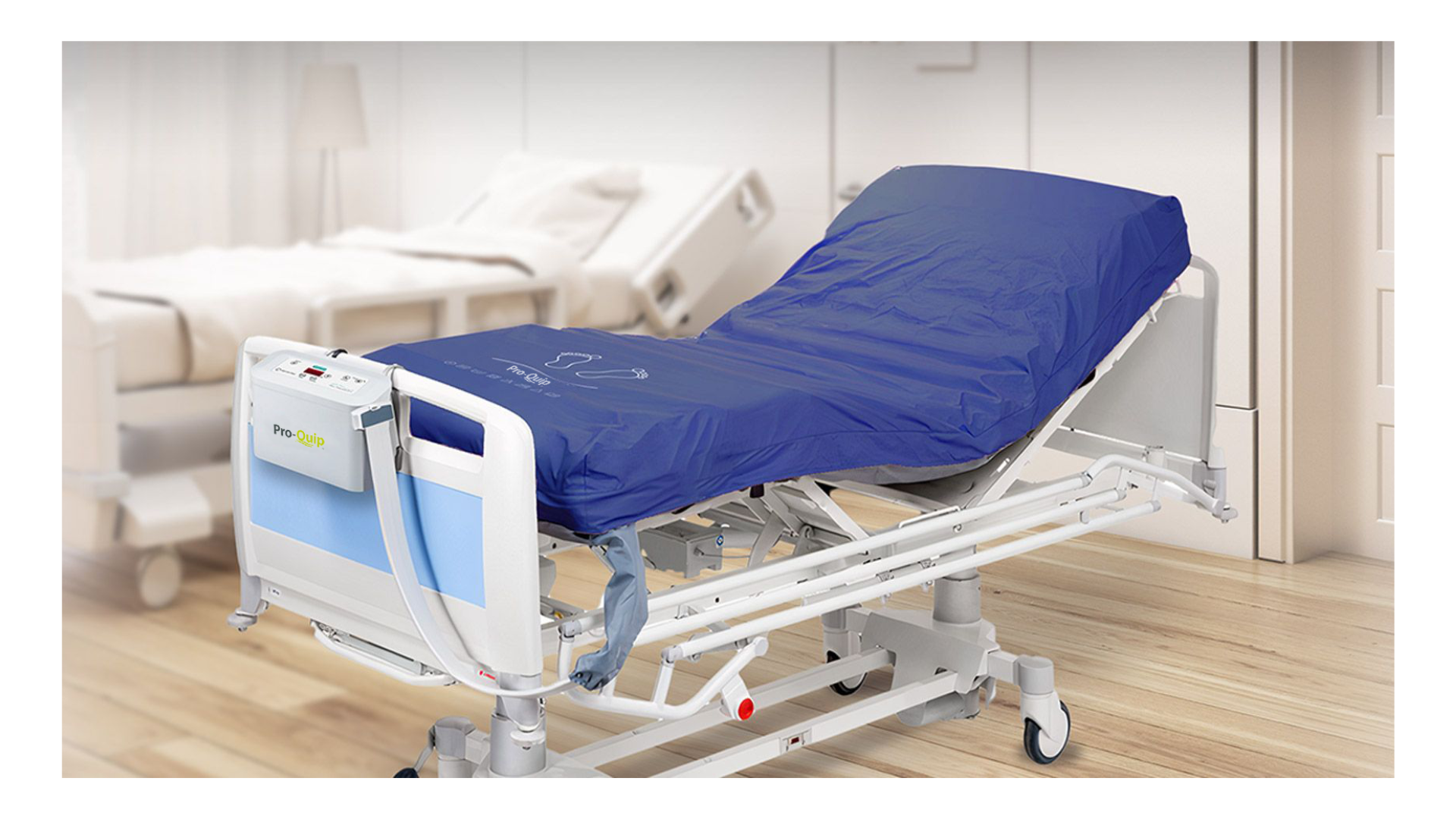As a care home manager, the well-being of your residents is always a top priority. Ensuring their safety goes beyond providing good care and comfort; it involves being mindful of potentially dangerous substances within the environment. Hazardous substances can lurk in the most unsuspecting places, posing significant health risks if not managed correctly. This guide serves to arm you with essential knowledge to identify, manage, and mitigate risks associated with hazardous substances in care homes.
Key takeaways
-
What hazardous substances are in care homes?
-
Recognising the health effects of various hazardous substances
-
Implementing effective prevention methods
-
Ensuring regulatory and COSHH compliance in the care sector
-
Developing a comprehensive safety protocol
What hazardous substances are in care homes?
Every care home contains numerous substances that, while often necessary, can be hazardous if not handled properly. Cleaning agents, medications, and even some everyday items can pose a danger. Recognising these substances is the first step toward mitigating risks.

Cleaning agents and disinfectants
Cleaning agents like bleach, ammonia, and various disinfectants are essential for maintaining hygiene but can be harmful if not used correctly. Inhalation of fumes, skin contact, and accidental ingestion can cause severe health issues.
Bleach, often used for its strong disinfecting properties, can produce chlorine gas when mixed with other cleaners. This gas can irritate the respiratory tract and cause coughing, shortness of breath, and even chest pain. Ammonia, commonly found in glass cleaners, can lead to similar respiratory issues and should never be mixed with bleach.
To minimise risks, always store these chemicals securely and ensure proper training for all staff members in their safe use. Providing well-ventilated areas when using such substances can also significantly reduce exposure to harmful fumes.
Medication management
Care homes handle a variety of medications daily, which, if mismanaged, can become hazardous. Medications can be harmful if consumed by the wrong person or in the wrong dose. Additionally, expired or improperly stored medications can degrade, leading to potential risks.
Ensuring that medications are stored correctly, ideally in a locked cabinet away from residents, is crucial. Regular audits of medication stocks help prevent the use of expired drugs. Care home staff should be trained in proper medication administration and disposal procedures.
Personal care products
Items like shampoos, lotions, and antiseptic creams, while generally safe, can become hazardous with incorrect usage. For instance, products containing alcohol or certain essential oils can cause irritation or allergic reactions.
Educate your staff about the active ingredients in personal care products used within the home. Ensure all products are labelled clearly and keep an eye out for any adverse reactions among residents.
Health affects and prevention methods
The health repercussions of hazardous substances range from minor irritations to severe, long-term conditions. Preventing exposure and managing risks is paramount to maintain a safe environment for both residents and staff.
Respiratory issues
Many hazardous substances can irritate or damage the respiratory system. Inhalation of cleaning fumes, medication dust, or even mould spores can lead to conditions such as chronic bronchitis, asthma, or more severe lung damage.
Identify and replace hazardous cleaning agents with safer alternatives when possible. Utilise personal protective equipment (PPE) like masks and gloves to reduce direct exposure. Regular maintenance of ventilation systems also helps ensure a steady supply of fresh air.
Skin irritation and allergies
Substances such as disinfectants, certain medications, or personal care products can cause skin irritations or allergic reactions. Symptoms might include redness, itching, rashes, or even more severe dermatological conditions.
Implement barrier creams and protective gloves for staff working with these substances. Educate them on recognising early signs of skin irritation and allergens. Replace products identified as triggers with hypoallergenic alternatives where possible.
Poisoning and toxicity
Accidental ingestion of hazardous substances poses a severe risk, especially in a care home with vulnerable residents. Symptoms of poisoning can range from nausea, vomiting, and abdominal pain to more severe neurological effects.
Clear labelling and secure storage are your first defence against accidental ingestion. Regularly review and update your care home’s safety protocols, ensuring that any accidents can be managed swiftly and effectively.
Regulatory Compliance in the Care Sector
Compliance with health and safety regulations is crucial for the smooth running of any care home. Not only does it keep residents and staff safe, but it also helps protect against legal repercussions.
Health and Safety Executive (HSE) Guidelines
The Health and Safety Executive (HSE) provides comprehensive guidelines for managing hazardous substances in care settings. These guidelines encompass the safe use, storage, and disposal of dangerous chemicals and other substances.
Regular training sessions for your staff on HSE guidelines can significantly enhance their understanding and implementation of safety practices. Routine checks and audits help keep your care home compliant with these standards.
Control of Substances Hazardous to Health (COSHH)
COSHH regulations require employers to control substances that can harm health. This includes conducting risk assessments, providing adequate control measures, and ensuring proper training and supervision for total COSHH compliance.
Implementing COSHH can seem daunting, but breaking it down into manageable steps simplifies the process. Start with thorough risk assessments of all hazardous substances in your care home. Follow up with stringent control measures and regular staff training sessions. Here at Fairfield Care we offer COSHH data folders, info sheets, posters and COSHH training sessions to ensure carers know how to maintain compliant whilst using hazardous chemicals in a care setting.
Incident Reporting and Monitoring
Accidents and exposures, unfortunately, can happen. Having an effective incident reporting system in place ensures that any incidents are promptly addressed and preventive measures are taken to avoid repeats.
Develop clear procedures for incident reporting and ensure all staff members are familiar with them. Regularly review incident logs to identify patterns and areas of improvement in your safety protocols.
Developing a comprehensive safety plan
Establishing a robust safety protocol involves detailed planning and consistent application. Such protocols should cover everything from daily operations to emergency responses.
Creating a safety plan
Your safety plan should identify all potential hazardous substances and outline specific measures for each. This includes keeping an up-to-date inventory of substances, detailing their storage requirements, and listing emergency contacts.
Involve your entire team in the development of this plan. Their hands-on experience provides valuable insights that contribute to a more effective protocol. Regular reviews and updates keep the plan relevant and practical.
Training and education
Ongoing staff training is essential. This is not a one-off event but a continuous process to update and refresh knowledge on managing hazardous substances.
Workshops, e-learning modules, and practical sessions ensure that all staff members are competent and confident in handling these substances. Encourage a culture of safety where staff feel comfortable reporting hazards and suggesting improvements.
Emergency response
Preparedness for emergencies, such as chemical spills or accidental ingestion, can drastically reduce the impact of such incidents. Clearly defined roles and responsibilities during emergencies ensure swift and effective responses.
Conduct regular drills to keep your team adept at handling emergencies. Stockpile necessary emergency gear and first aid supplies, and make certain that everyone knows their exact location.
Understanding and managing hazardous substances in care homes demand vigilance and ongoing effort. By recognising the common hazardous substances, knowing their health effects, adhering to regulatory guidelines, and developing a comprehensive safety protocol, you can create a safer environment for both residents and staff.
To find out more about how Fairfield Care can help not only supply the most effective yet gentle cleaning products but also how we can support you on training and remaining compliant, get in touch today


